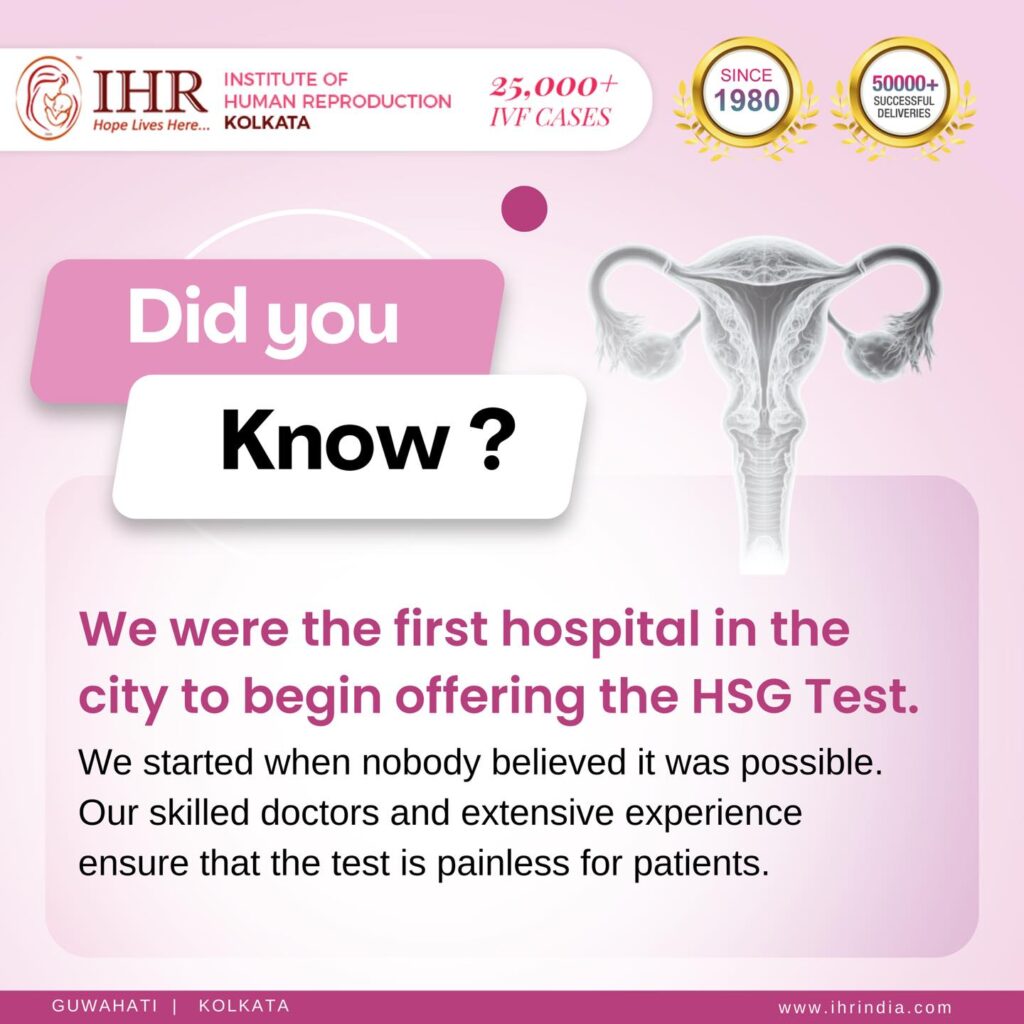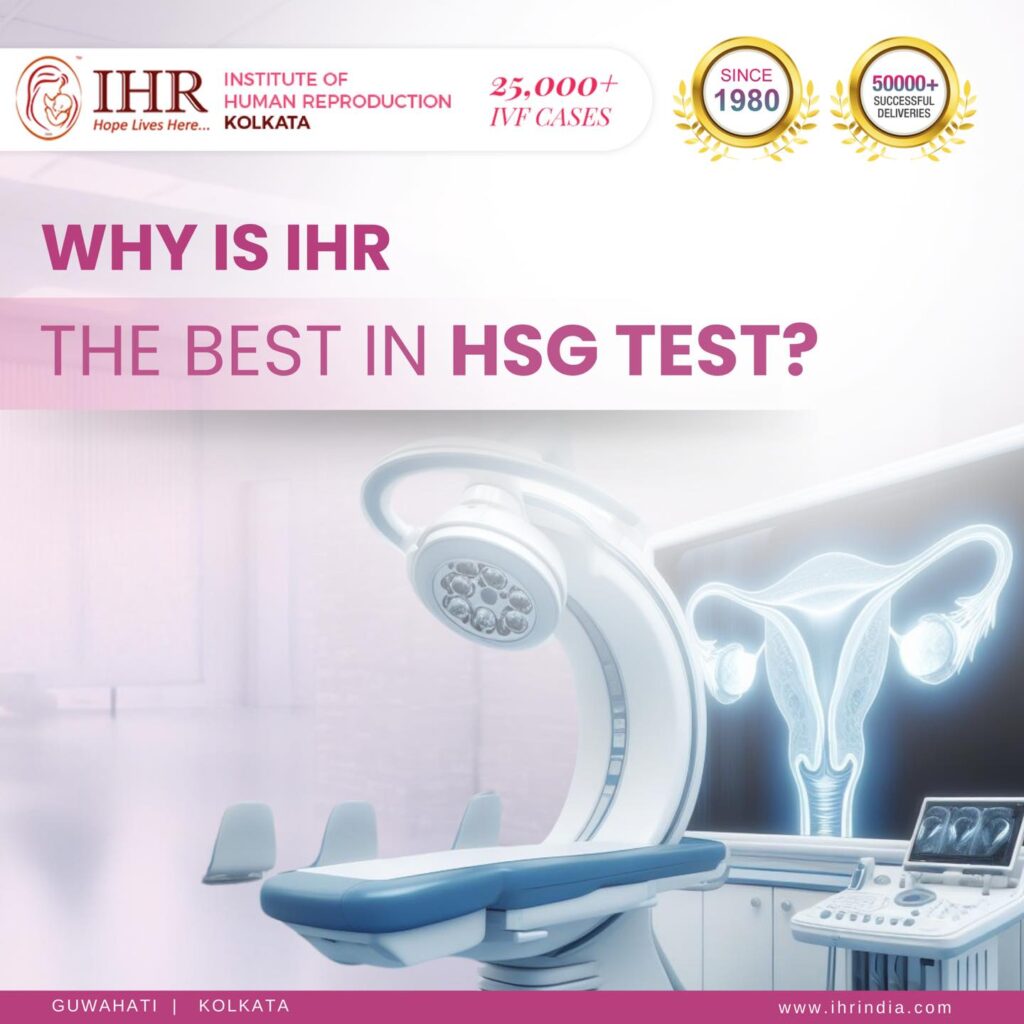Choosing the Right Fertility Test: A Closer Look at SSG, HYCOSY, and HSG
When facing fertility challenges, choosing the right diagnostic test is a crucial step. Three common procedures often recommended by healthcare professionals are SSG (Sonohysterography), HYCOSY (Hysterosalpingo-Contrast Sonography), and HSG (Hysterosalpingography). Each of these tests serves a unique purpose in evaluating a woman’s reproductive health, but they differ significantly in terms of accuracy and reliability. In this article, we will explore these tests in detail and discuss why HSG is often regarded as the most effective option for assessing fertility issues.

Understanding the Tests
1. What is SSG?
Sonohysterography (SSG) is a procedure that uses saline solution to fill the uterine cavity. During the test, a thin tube is inserted through the cervix, and saline is injected into the uterus. An ultrasound machine then takes images of the uterus, allowing doctors to check for abnormalities like polyps, fibroids, or the thickness of the uterine lining.
Advantages of SSG
- Non-invasive: SSG is considered less invasive compared to other tests, making it a more comfortable option for patients.
- No radiation exposure: Unlike HSG, SSG does not use radiation, making it safer in certain situations.
Limitations of SSG
- Limited assessment of fallopian tubes: SSG primarily focuses on the uterine cavity and does not effectively evaluate whether the fallopian tubes are open or blocked.
- Subjectivity of results: The interpretation of SSG images can vary between practitioners, potentially leading to less reliable diagnoses.
What is HYCOSY?
Hysterosalpingo-Contrast Sonography (HYCOSY) is an ultrasound-based procedure that involves injecting a contrast agent into the uterus. This contrast medium helps visualize the uterine cavity and fallopian tubes. As the fluid travels through the reproductive system, ultrasound images are taken to assess the health of the uterus and check for blockages in the fallopian tubes. However, HYCOSY can also cause some pain, as a catheter is inserted during the procedure.
Advantages of HYCOSY
- Non-invasive: Similar to SSG, HYCOSY is also a non-invasive procedure with no radiation exposure.
- Simultaneous evaluation: It allows for the assessment of both the uterus and the fallopian tubes.
Limitations of HYCOSY
- Less detailed results: While it offers a broader view than SSG, the results of HYCOSY may not be as precise as those obtained from HSG.
- Potential for missed blockages: Small blockages in the fallopian tubes might not be detected, which can lead to incomplete assessments.
- HYCOSY is painful too
What is HSG?
Hysterosalpingography (HSG) is a specialized X-ray procedure that focuses on the uterus and fallopian tubes. During HSG, a dye is injected through the cervix into the uterus. X-ray images are then taken to see if the dye flows through the fallopian tubes, which indicates that they are open. This test not only assesses the shape and size of the uterus but also provides valuable information about the patency of the fallopian tubes.
Advantages of HSG
- High accuracy: HSG is considered the gold standard for diagnosing fallopian tube blockages and uterine abnormalities. The clarity of the X-ray images allows for a detailed view of the reproductive system.
- Improved conception rates: Studies have shown that women who undergo HSG may have higher chances of conceiving naturally following the procedure. The flushing effect of the dye may even help clear minor blockages.
Limitations of HSG
- Radiation exposure: As an X-ray procedure, HSG involves some exposure to radiation, which may be a concern for some patients.
- Discomfort: Some women may experience discomfort during the procedure, although this varies from person to person.
HSG also requires special machinery, which needs separate licenses and involves extra costs. Because of this, many smaller clinics do not offer HSG, and it is usually only available at advanced labs and centers.
Did you Know HSG can be painless in IHR Kolkata

Why HSG is Often Considered Superior
While all three tests play important roles in evaluating fertility, many infertility specialists regard HSG as the most effective option for several reasons.
1. Detailed Assessment of Tubal Patency
The ability of HSG to accurately assess the patency of the fallopian tubes is one of its key strengths. Blockages in the fallopian tubes are a common cause of infertility, and HSG can reveal whether they are open or obstructed.This information is important for creating the right treatment plan. In contrast, SSG and HYCOSY may miss small blockages, which could lead to misdiagnosis and ineffective treatment.
2. Higher Likelihood of Conception
Research indicates that women who undergo HSG have a better chance of achieving a successful pregnancy afterward. The dye used in HSG can help clear debris or mucus from the fallopian tubes, potentially enhancing fertility. Although both SSG and HYCOSY are valuable diagnostic tools, they do not offer the same potential benefit for improving conception rates.
3. Comprehensive View of the Reproductive System
HSG provides a thorough evaluation of both the uterus and fallopian tubes, allowing for a more complete assessment of the reproductive system. While SSG focuses primarily on the uterine cavity, HYCOSY may not provide the same level of detail as HSG in visualizing the fallopian tubes.
4. Established Protocol and Experience
HSG is a well-established procedure with a long history of use in infertility diagnosis. Many healthcare providers have extensive experience performing HSG, which can contribute to more accurate results and increased patient confidence. The familiarity with HSG means that most infertility specialists are better equipped to interpret its results, leading to informed decision-making.
The Importance of Discussing Options with Your Doctor
Choosing the right fertility test is a personal decision that should be made in consultation with a qualified healthcare provider. Each woman’s situation is unique, and factors such as medical history, symptoms, and personal preferences should all be considered when selecting a diagnostic test.
While SSG and HYCOSY may be recommended for certain cases, it’s essential to recognize the advantages of HSG. If there are concerns about fertility, discussing the possibility of HSG with your doctor can provide valuable insights into your reproductive health and the most effective next steps.

Conclusion
In conclusion, SSG, HYCOSY, and HSG each serve important roles in the evaluation of female fertility. While SSG and HYCOSY offer non-invasive options without radiation, HSG Test stands out for its high accuracy, comprehensive assessment of the reproductive system, and improved likelihood of conception.
As you consider your options for fertility testing, keep in mind the unique strengths of each procedure. Engaging in an open dialogue with your healthcare provider can help ensure that you choose the test that best meets your needs and supports your journey toward parenthood.

.png) (+91) 9864103333
(+91) 9864103333 (+91) 9435502020
(+91) 9435502020



